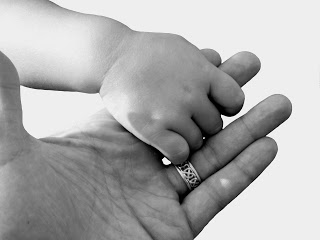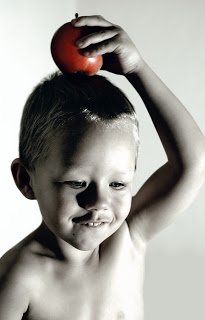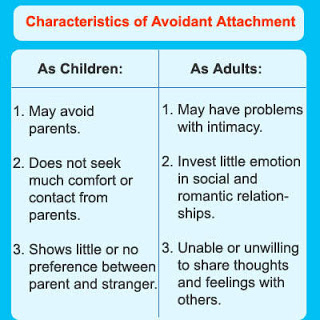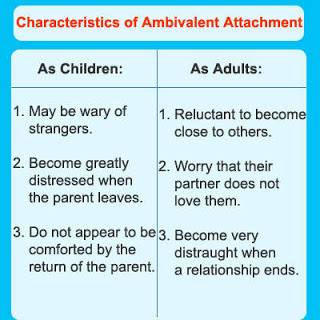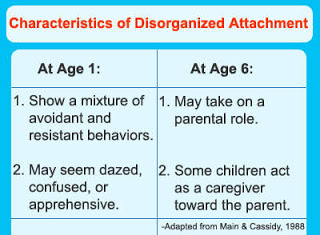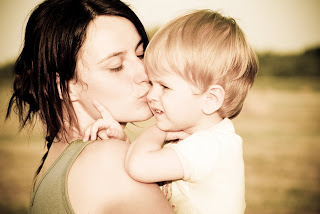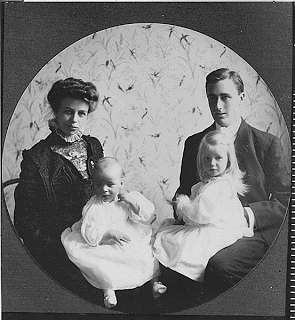Lion’s Whiskers asks: How do you build trust in the parent-child relationship? How do you know that you’ve shown your kids that they can trust you? (i.e. are you always on time, do you promise to tell the truth-the-whole-truth-and-nothing-but-the-truth, do you apologize when you make a mistake?)
Monthly Archives: May 2011
A Tall Tell Tale
Courage Book Review – 1,001 Versions of the Arabian Nights
 The Seven Voyages of Sinbad the Sailor
The Seven Voyages of Sinbad the Sailor Another beautifully illustrated mix-tape of tales from the Arabian Nights is Tenggren’s Golden Tales from the Arabian Nights
Another beautifully illustrated mix-tape of tales from the Arabian Nights is Tenggren’s Golden Tales from the Arabian Nights
What the McCaughrean book also has, that the others do not, is Allah. What is noteworthy about the earliest Western translations (I’m looking at the Burton translation from the late 19th Century) is the omnipresence of Allah as an inescapable force throughout the lives of the characters, frequently invoked, frequently praised, always credited with ultimate control. Since this is a blog about courage, I think this is important: many of the characters in the stories are sustained by their spiritual courage as much or more than anything else. To remove this major source of courage from the stories robs them of their power, and renders them mere adventure tales. I recommend the first two books for the pictures, but for the spirit of the Arabian Nights, go with the third.
C’mere! C’mere! Go ‘way! Go ‘way!
Let’s take a look at what happens when infants may not have the opportunity to attach in healthy ways, due to parental death, neglect, abuse, addiction, or infant illness, isolation, or cognitive disability, for example. Less tragically, but no less significantly, a constant rotation of caregivers will also fail to support the attachment process in ways that are sustaining and mutually beneficial between caregiver and child.
I want to remind everyone that even in cases of parental abandonment for one reason or another, other loving caregivers can securely fill the primary attachment relationship role and ensure a child’s survival and well-being!
Attachment is not destiny; our brain and our being are flexible and resilient. We continually develop throughout our lifespan!
We do not all share the same race, culture, gender, personality type, or family configuration, and we all, to some degree or another, vary in our attachment style. The important thing is that we learn to attach, even if we are, or our parents were, at times insecure, avoidant, or ambivalent. We are watching out in our parenting for extreme insecurity in attachment relationships—which is in the minority of cases! And, in those cases treatment is possible!
Much of what is now understood about unhealthy attachment styles is based on Mary Ainsworth’s (1978) “Strange Situation” study. Essentially, Ainsworth’s hypothesis was that infants and children (between 12 and 18 months of age) tend towards exploration in an unfamiliar environment when a primary attachment figure (typically the mother) is present, and slow-down or cease exploration when he/she is absent. What resulted from her longitudinal studies was support for her hypothesis. Her studies also showed that individual differences were evident amongst the children depending on the nature of attachment relationship. In particular, differing behavioral responses in children upon reunion with their mother figure were most telling in terms of the quality of attachment relationship. According to Fraley’s (2010) summary of Ainsworth’s research:
Ainsworth proposed three types of attachment relationships based on her observations: secure, ambivalent-insecure, and avoidant-insecure. A fourth attachment style was proposed by Main and Solomon (1986) known today as disorganized-insecure attachment, frequently corresponding with the mental health disorder called Reactive Attachment Disorder (RAD). Here’s a great link for promoting healthy attachment in kids, particularly those diagnosed with RAD: http://www.attach-china.org/activities.html
Schore (2001) explains the process of finding the balance between separation and attachment as follows:
The nature of the kind of relationship we form with our children leads to specific behavioral responses on the part of our children, particularly in stressful situations and in intimate relationship. When we listen to ourselves and our children’s cues for happiness, discomfort, sadness, hunger, loneliness, tiredness, sickness, and fear we reassure ourselves and our children about our capacity for caring, for courage, for emotional regulation, and we once again restore our homeostatic and symbiotic balance after stress. Stress is, after all, an unavoidable part of life. Our kids are just looking for us to be their constant secure base and safe haven, especially during those stressful moments.
Keep in mind that the vast majority of us form secure primary attachments early in life. It is a small minority of us that fall into the following categories of insecure attachment styles that can form based on a poor quality of our primary attachment relationship(s):
Keep in mind that you need not be filled with regret if your own early attachment experiences were not positive. Adult romantic and/or otherwise intimate relationship learning contribute significantly to our later ability to attach as parents to our own children. Where there is life, there is hope! To be inspired by this message, watch The Human Experience (it is now available on Netflix as an instant download).
Dr. Lisa’s Parenting Tip:
A helpful book for any parents of children with RAD is When Love is Not Enough: A guide to parenting children with reactive attachment disorder (rad) by Nancy Thomas or Attachment-Focused Parenting: Effective Strategies to Care for Children by Daniel Hughes.
Ainsworth, M., Blehar, M., Waters, E., & Wall, S. (1978). Patterns of attachment: A
Main, M. & Cassidy, J. (1988). Categories of response to reunion with the parent at age
Roisman, G. & Chris Fraley, C. (2008). A behavior–genetic study of parenting quality,
Rutter, M. & Taylor, E. (2002) Child and adolescent psychiatry. (4th ed.). Oxford:
Schore, A. (2001). Effects of a secure attachment relationship on right brain
Journal, 22, (1-2), 7-66. http://www.allanschore.com/pdf/SchoreIMHJAttachment.pdf
Warren, S., Huston, L., Egeland, B., & Srouge, A. (1997). Child and adolescent anxiety
Happy Mother’s Day!
Courage Quote of the Day
Courage Challenge of the Day
 Lion’s Whiskers offers this courage challenge: Choose a worthwhile cause that your family can donate some time, petition signatures, or money to this month. The organization or cause could be local or global. Here are a couple of websites devoted to making your search for your family’s cause easy: Charity Navigator or Global Giving.
Lion’s Whiskers offers this courage challenge: Choose a worthwhile cause that your family can donate some time, petition signatures, or money to this month. The organization or cause could be local or global. Here are a couple of websites devoted to making your search for your family’s cause easy: Charity Navigator or Global Giving.
“A small group of thoughtful people could change the world. Indeed, it is the only thing that ever has.”
~ Margaret Mead
What’s a true story from your life about inspiring your children to develop a charitable consciousness and/or one of the examples from your life when you demonstrated moral courage by giving to something or to someone in need?
Everyone Is a Hero
 story! When you step back into the active role of hero you are inhabiting your own story again, and you are back on your own heroic journey. You are back on your path. You can also see this from Dr. Lisa’s perspective as the question of locus of control: do you believe you are an active agent in your life (internal locus of control) or do you think the actions of others are dictating yours (external locus of control.)
story! When you step back into the active role of hero you are inhabiting your own story again, and you are back on your own heroic journey. You are back on your path. You can also see this from Dr. Lisa’s perspective as the question of locus of control: do you believe you are an active agent in your life (internal locus of control) or do you think the actions of others are dictating yours (external locus of control.)Courage Question of the Day
Lion’s Whiskers asks: Who was your favorite superhero when you were a kid? Who is your child’s favorite? Why?
